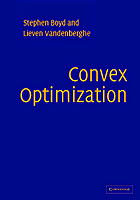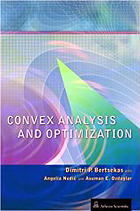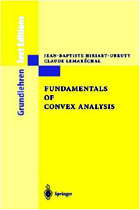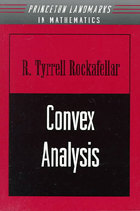 Linear Algebra
Linear Algebra | Linear Algebra |
|
We call x^T A x >= 0 for all x the most fundamental test of positive semidefiniteness. Yet some authors instead say, for real A and complex domain, the complex test x^H A x >= 0 is most fundamental. That complex broadening of the domain of test causes nonsymmetric real matrices to be excluded from the set of positive semidefinite matrices. Yet admitting nonsymmetric real matrices or not is a matter of preference unless that complex test is adopted, as we shall now explain. Any real square matrix A has a representation in terms of its symmetric and antisymmetric parts. Because, for all real A the antisymmetric part vanishes under real test x^T(A-A^T)x=0, only the symmetric part (A+A^T)/2 has a role determining positive semidefiniteness. Hence the oft-made presumption that only symmetric matrices may be positive semidefinite is, of course, erroneous under the most fundamental test. Because eigenvalue-signs of a symmetric matrix translate unequivocally to its semidefiniteness, the eigenvalues that determine semidefiniteness are always those of the symmetrized matrix. For that reason, and because symmetric (or Hermitian) matrices must have real eigenvalues, the convention adopted in the literature is that semidefinite matrices are synonymous with symmetric semidefinite matrices. Certainly misleading under the most fundamental test, that presumption is typically bolstered with compelling examples from the physical sciences where symmetric matrices occur within the mathematical exposition of natural phenomena. |







